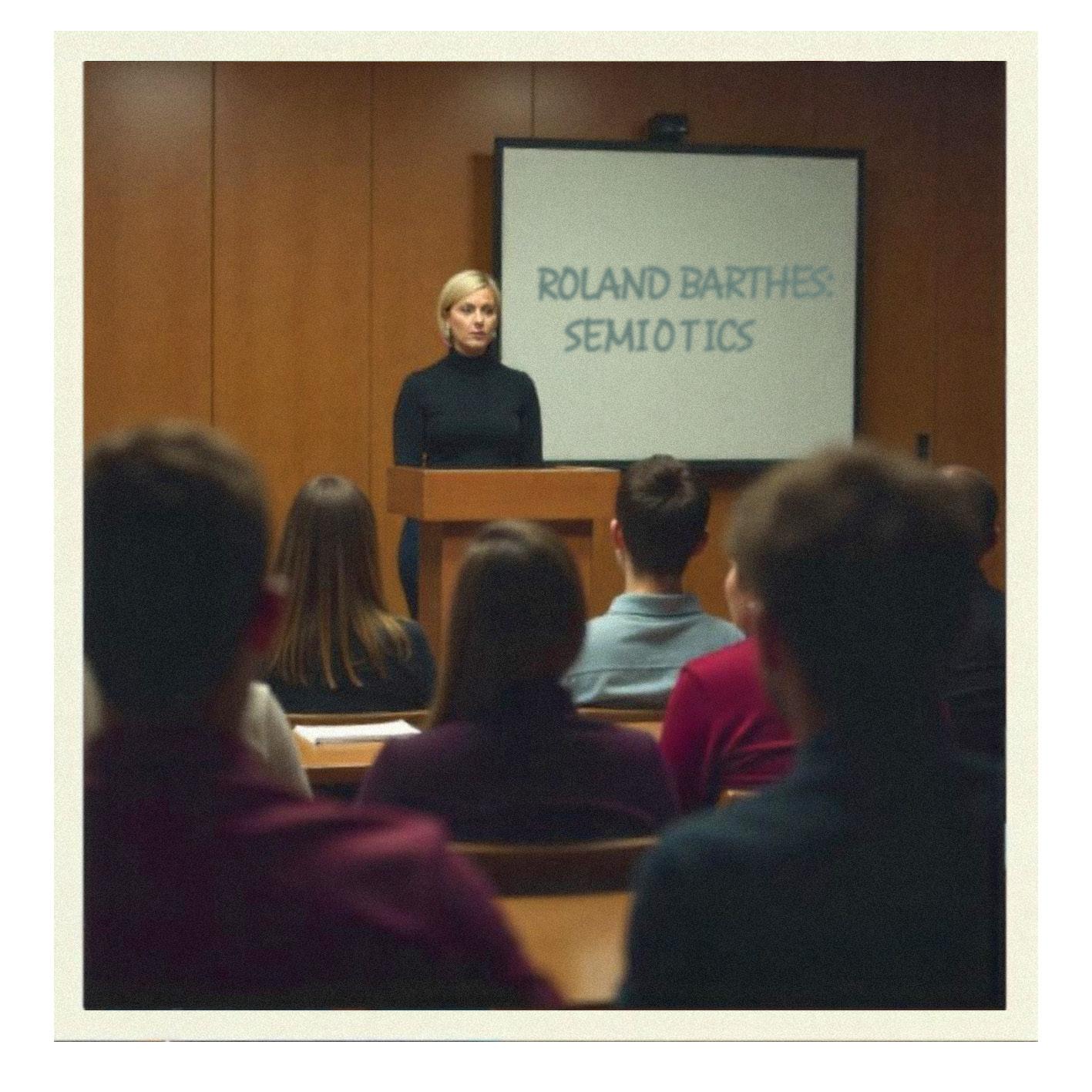
4 minute read
The Day the Screens Went Dark: A Chronicle of Learning in the Offline Age
Media Lecturer, Hannah Greenwood, imagines a world where digital tech blinks out of existence.
The Great Disconnect
It happened without warning. One minute, the world was connected. The next, static. Every screen went blank. A collective gasp echoed, followed by stunned silence, then chaos. Governments crumbled, networks collapsed, and the global economy teetered.
For six months, panic reigned. In education, it was pandemonium. LMSs became relics, online libraries vanished, and digital learning crumbled. We were left scrambling, academics adrift in a sea of useless technology. The digital umbilical cord had been severed, yet young people still needed an education. Schools, colleges and universites used to deliver classes without screens, the internet, Google and ChatGPT - could we do it again? Or had we become too reliant on tech?
Day 1: First Day Back in Class
The hum is gone. My 9am lecture on Laura Mulvey’s Male Gaze theory is… happening. Sort of. No PowerPoint, no JSTOR. Just me, a whiteboard marker, and 20 bewildered faces.
It’s like teaching in the Stone Age, only the students wear hoodies.
The library is bedlam - a surge for physical copies. The photocopier is smoking. I feel a mix of panic and excitement. Like we’ve escaped a digital prison, but forgotten where the exit is.
Day 14: The Scramble for Resources
The shock is fading, replaced by a desperate search. Library staff are celebrities, fielding requests like rock stars. I’ve discovered dusty archives, a trove of forgotten journals and primary sources.
We’re improvising, sharing photocopies, rediscovering note-taking. The students, surprisingly, are adapting. They’re grumbling, but engaging in discussions like never before.
Month 2: The Great Paper Chase
The novelty has worn off. The library has a daily queue longer than the initial run on the banks the day the screens faded. My lectures are performance art, complete with dramatic readings and impromptu debates.
Handwritten essays are back, my wrist permanently cramped. Plagiarism is interesting. No Turnitin, so it’s back to the eyeball test. The upside? I’m getting to know my students through real conversations.
Month 3: The Analog Uprising
The college is adapting. We’ve unearthed old projectors. The art department is running workshops on creating visual aids by hand. We’re rediscovering calligraphy. The campus feels different. Slower, quieter, more focused. There’s a sense of shared struggle.
Month 6:
The Renaissance of the Real
We’ve rediscovered the joy of physical books, face-to-face discussion, and the sheer bloodymindedness of learning. Guest lectures are back. The drama department is running public speaking workshops. Student societies are booming – book clubs, debating teams, even an ironic quill and parchment society! There’s a tangible sense of community. We’re learning to learn again, in a human way.
Year 1: The Found Generation
The first year has been challenging. Research is slower, collaboration harder, global communication near-impossible. We’ve lost some digitally native students. But we’ve gained another generation – one that can think critically, solve problems creatively, and engage with the world beyond scrolling. The focus has shifted from information access to information processing. We’re teaching thinking, not just Googling.
Year 2:
The Re-Emergence of Craft
Students are rediscovering forgotten skills – woodworking, metalworking, bookbinding. Art studios overflow with creativity, as students explore traditional mediums. There’s a renewed appreciation for craftsmanship, for the tangible. We’ve started a college newspaper, printed on a real printing press! It’s messy, imperfect, but real.
Year 3: The New Normal (and the Old Wisdom)
The internet is a distant memory. We’ve rediscovered old technologies – darkrooms, microfilm, Tip-ex. We’ve also developed new ones – improved audio-visual aids, physical models, collaborative workspaces. The pace of life is slower, more deliberate. There’s more time for reflection, for deep learning. Technology is a tool, not a substitute for human connection, critical thinking, and discovery. Sometimes, the best way to learn is to switch off, look up, and engage. The screens may be dark, but the minds are brighter.
Year 5:
The Seeds of a New Future
We’ve come far. The panic is gone, replaced by quiet confidence. We’ve built a new educational system, one that values human interaction, collaboration and the pursuit of knowledge. Our graduates are different. They’re not just tech-savvy; they’re life-savvy. They can solve problems with their minds, communicate effectively, and are adaptable, resilient, and deeply engaged. We’ve planted the seeds of a new future, where learning is once again a human endeavor, not a digital transaction.


